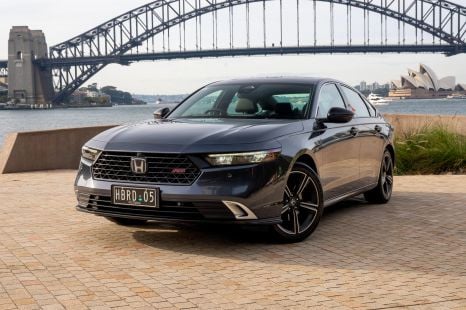

Andrew Maclean
2025 Honda Accord e:HEV RS review
2 Months Ago
The dashcam in the Tesla is handy, but if quality is what you're after you should seek alternatives. Here is our review and comparison.
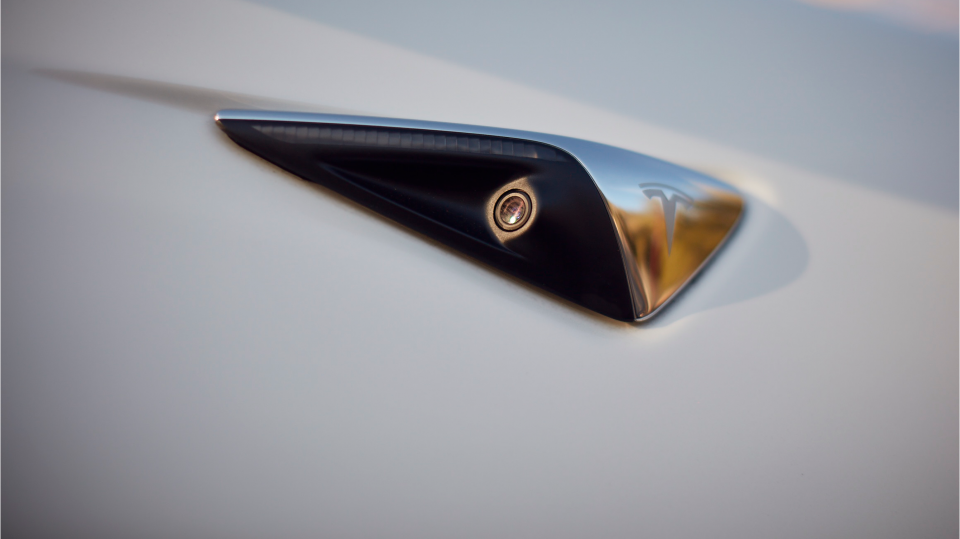
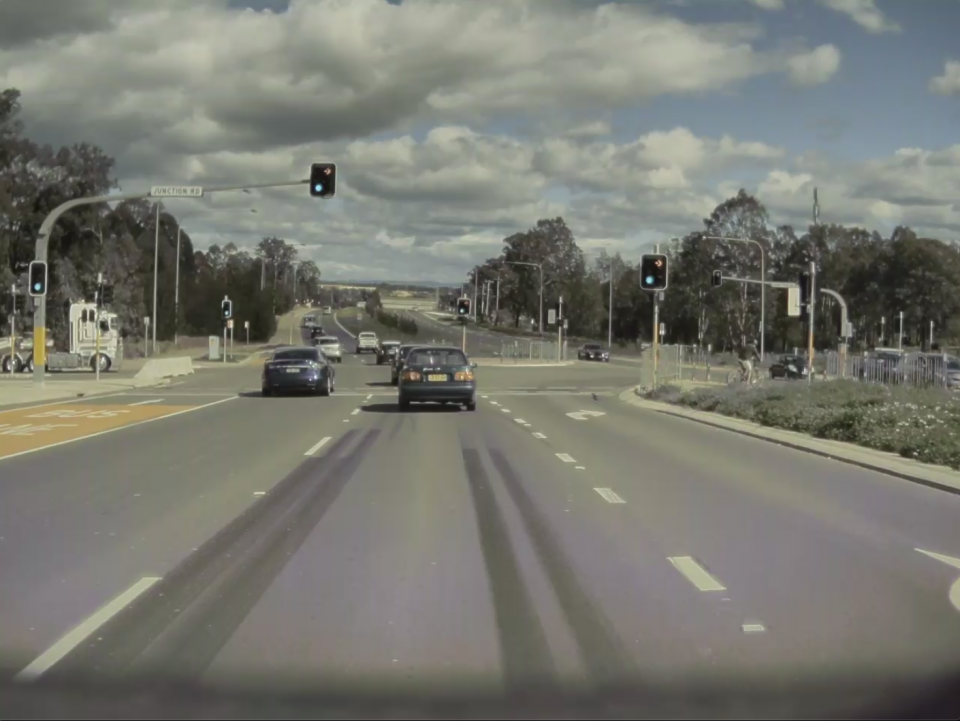

Tech Contributor
New from
$67,900
excl. on-roads

Tech Contributor
New from
$67,900
excl. on-roads


Tech Contributor
New from
$67,900
excl. on-roads

Tech Contributor
New from
$67,900
excl. on-roads
Quickly see how this car stacks up against its competition. Select any benchmark to see more details.
Where expert car reviews meet expert car buying – CarExpert gives you trusted advice, personalised service and real savings on your next new car.
Tesla is constantly pushing the envelope, in some cases doing things that must make other brands ask why they didn’t just think of it themselves.
One example is using the on-board cameras as dashcams, recording what happens around the vehicle. Tesla added the feature to vehicles built after July 31, 2017, and continues to improve it via software updates – the hardware (the cameras) was already on the cars.
Tesla is able to record the front and rear, and the left and right sides of the vehicle. The side footage is captured from cameras sitting beneath the side mirrors pointing towards the rear of the car. The front camera is above the interior rear-view mirror, and the rear camera is just above the number plate.
Tesla owners need to supply a USB storage device and connect it to one of the USB ports in the vehicle, and the settings menu couldn’t be simpler to get you started.
Tesla allows you to record from all four cameras while the car is driving and when the car is stationary. Tesla calls the stationary recording Sentry Mode, and will capture anyone who comes near your car while it is parked.
Given there are four cameras recording we’d recommend a large-capacity USB drive. With that said, the Tesla recordings last an hour before being overwritten automatically. If you’re involved in an accident, a tap of the dashcam icon on the infotainment display will save the previous 10 minutes to never overwrite.
With a Navman unit, footage is recorded until the card is full before overwriting. They also automatically detect bumps or collisions to save footage.
Because the footage is captured on a removable USB drive you can choose to read the contents in the dashcam viewer while sitting in the vehicle or take it to a computer for playback. Each camera records its own file, split at one-minute increments and labelled with the date, time, and which angle is being used.
Given how connected the Model 3 is to the internet, we’re surprised Tesla has not offered cloud recording or backup capability as part of the Premium Connectivity package.
This would be far less hassle and would hopefully then appear in the Tesla app which owners can do so much else with. With the Navman unit, footage can be viewed on the dashcam itself or on a smartphone immediately over Wi-Fi.
We placed a Navman MiVue 840 dashcam in the Model 3 to compare the footage from a retail camera to the onboard Tesla setup.
First and foremost, there’s no debate that the inbuilt Tesla offering is the most convenient and accessible dashcam. With no wires to run and nothing stuck to your windscreen, it’s clean.
Secondly, a dashcam is only monitoring the front of the car and potentially the rear if you fit the rear camera unit, again more wiring and effort. The ability to monitor the sides, this is something a regular dashcam can’t match either.
All of the images below were screenshot from the video files at the same point in time, unedited.


From a quality perspective though, you can immediately see the onboard cameras are doing a job for which they weren’t originally designed. The colours are poorer than a Kodak disposable camera and the resolution of 1280×960 is low, meaning a lack of detail.
The colours present an issue if you need to accurately describe the colour of a vehicle in an incident, and the lack of detail means you might not be able to read a number plate or street sign should that be required.
The viewing angle of the Tesla front camera is not as wide as the Navman dashcam, meaning you might not capture the lead-up to potential incidents coming from the left or right. The Tesla camera has a 60-degree viewing angle compared to 160 degrees on most dashcams today.
The rear camera on the Tesla, however, provides a wider view, which makes sense when its primary purpose is a reversing camera. With close to 30 per cent of accidents occurring from the rear, this is excellent to have.
The other unfortunate piece when looking at the recordings from the Tesla is the fact GPS data such as location and speed isn’t recorded.
In an accident, the ability to prove you weren’t speeding can make or break your case. Secondly, the location of an incident can be really helpful, especially if you aren’t familiar with the area – fortunately you can usually identify the area from the footage.
The other interesting omission is the lack of audio in the Tesla clips. Most portable dashcams allow viewers to hear what might have been happening at the time. Were there any car horns before a collision? Is the driver sounding distracted?
If your car is approached in a road rage incident, wouldn’t you want the audio being captured too?
We also noticed in the footage comparison there’s a massive blind spot in the recordings. The Navman, with the wider-angle lens captured a Mitsubishi Triton in the left lane while the Tesla front-facing camera did not.
Furthermore, the side cameras which face rearward miss it entirely also. Even with all four cameras looking out a large dual-cab ute can vanish from their view. There are two more onboard cameras living in the Tesla’s b-pillar. They would have seen the ute, but they aren’t used for the dashcam.
When parked the Navman was able to record continuously like the Tesla cameras. As mentioned earlier, it wouldn’t know if someone has keyed your doors.
Tesla’s side cameras are already proving their worth to drivers today, with many crooks being caught in the act of vandalism. While the detail isn’t exceptional, it has proven good enough to identify people which is exactly what the police need.
Given all of the dashcam features on the Tesla were added via software updates, this is not the end of the story. An existing Tesla owner will continue to see this improve over time.
One thing that’s much harder to improve is the quality of the cameras, and we hope when other brands adopt this the quality will match retail dashcams.
Where expert car reviews meet expert car buying – CarExpert gives you trusted advice, personalised service and real savings on your next new car.


Andrew Maclean
2 Months Ago
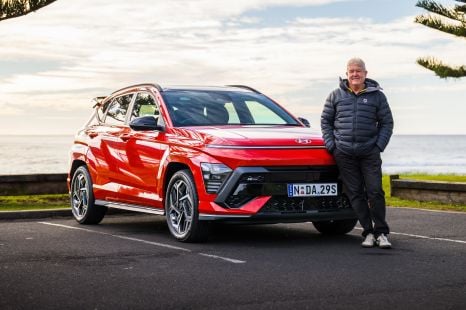

Anthony Crawford
2 Months Ago
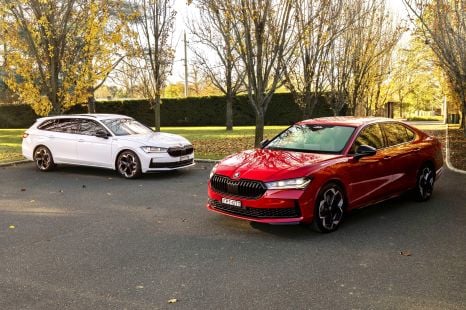

Max Davies
2 Months Ago
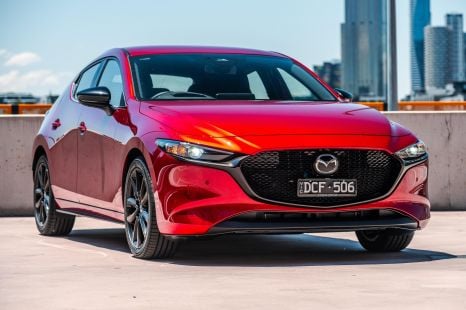

Josh Nevett
2 Months Ago


Josh Nevett
1 Month Ago


James Wong
1 Month Ago